#Planetary Science
Explore tagged Tumblr posts
Text
Mars photo shows the Red Planet from above in "true" color for the first time ever
This view is about 1,550 miles above the Valles Marineris canyon system, revealing an enhanced view of Mars without its polar caps, thanks to the relatively low altitude.

#mars planet#water on mars#mars colonization#life on mars#mars#planet mars#solar system#astronomy#nasa#astronomers#universe#nasa photos#astrophotography#outer space#astrophysics#nasawebb#hubble space telescope#international space station#space science#space exploration#science#space travel#space#james webb space telescope#space photography#nasa science#science facts#planetary science#astronomy facts#our universe
69 notes
·
View notes
Text

Did you know? Uranus is four times wider than planet Earth. And on this day in history in 1781, it was discovered by British astronomer William Herschel. He was using his telescope when he noticed an object in the sky. He thought it to be a star or comet, but within two years, other astronomers showed it was a new planet orbiting the Sun! Uranus, the third largest planet in our solar system, appears blue due to the methane in its atmosphere.
Fun fact: One Uranian year (a complete rotation around the Sun) takes about 84 Earth years to complete.
Image: NASA / Orange-kun, CC0, Wikimedia Commons (artist rendering)
#science#amnh#natural history#fact of the day#did you know#planets#uranus#on this day#astronomy#space#space exploration#cosmos#planetary science
413 notes
·
View notes
Text
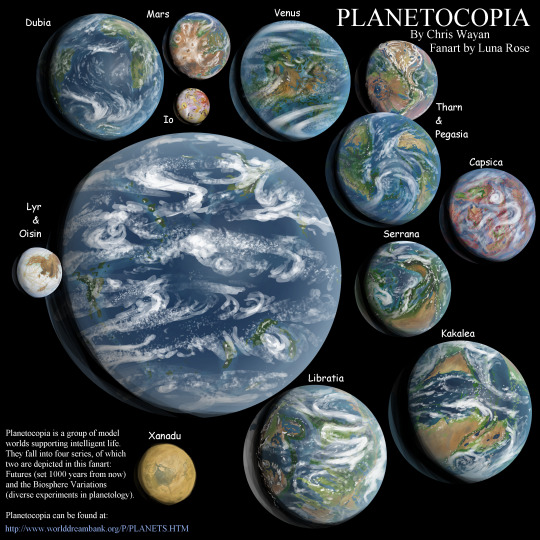
My interpretation of Chris Wayan's Planetocopia, a set of alien worlds that test the limits of planetary habitablity (and also, as it happens, alien furry design.)
Planetocopia can be found here.
The planetary science based design of Planetocopia has been a huge influence on my planet-scale worldbuilding style ever since I learned of it probably close to a decade ago.
These drawings were mostly done by projecting the planet maps onto an orthographic projection and then tracing the coastlines, with all other features done manually, but some of them were traced from the photos of the physical globe models, and Kakalea, Xanadu, and Serrana were done freehanded.
Cloudless version below the cut.

#Planetocopia#planet#space#space art#planet art#worldbuilding#planetary science#planetology#Earth#Mars#Venus#Io (moon)#Io#moon#habitable planet#astrobiology#fanart#digital painting#digital art#art#Dubia#Tharn#Pegasia#Lyr#Oisin#Xanadu#Libratia#Kakalea#Serrana#Anarres
330 notes
·
View notes
Text
NASA has launched the Europa Clipper spacecraft on an almost 10-year mission to learn whether conditions on Jupiter’s moon could sustain life in what scientists believe could be a deep ocean hidden beneath its icy surface. The spacecraft, which is supposed to travel 3 billion kilometres (1.8 billion miles), was launched on Monday on board SpaceX’s Falcon Heavy rocket from a NASA facility on Florida’s east coast.
Continue Reading.
#Science#Space#Astronomy#Planetary Science#Jupiter#Europa#Europa Clipper#NASA#National Aeronautics and Space Administration
385 notes
·
View notes
Text
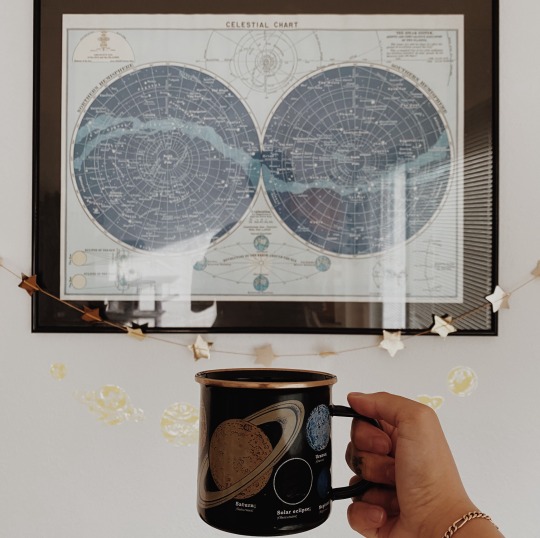
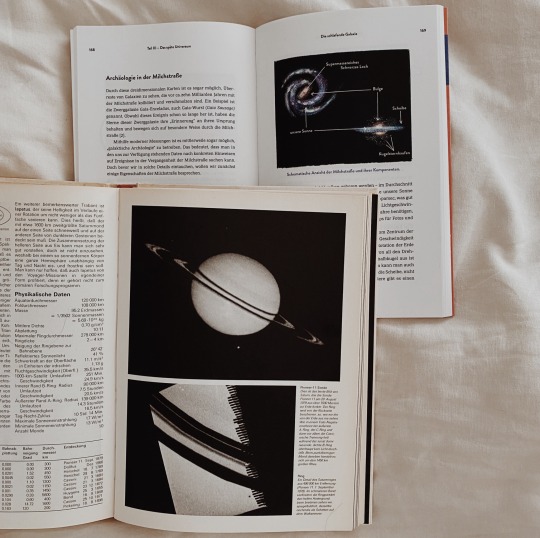
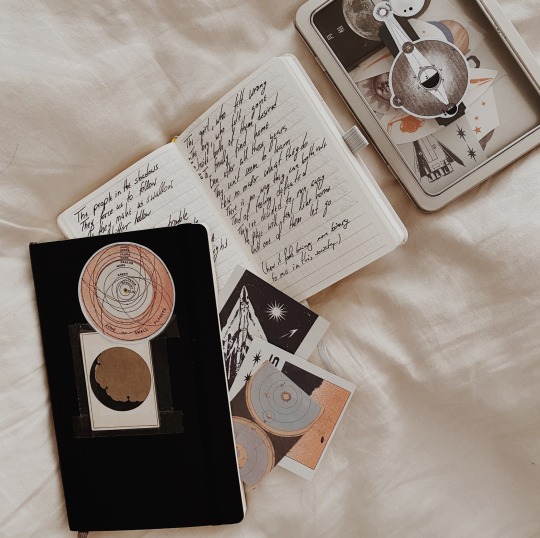
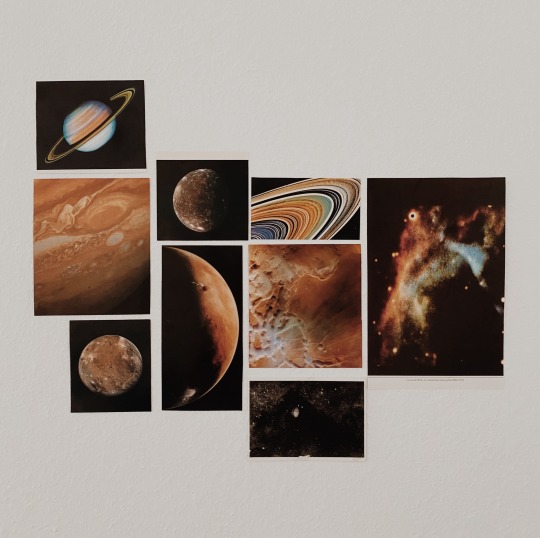
child of the universe, lost in space and time, only a fragment of light, made of stardust ⭐️ reblog is ok, don’t repost/use
#my photos#books#space#outer space#space books#stemblr#stem academia#stars and moon#planet saturn#planetary science#planetary nebula#journal#journaling#writing poetry#writing#writeblr#studyblr#studyblog#studyspo#study motivation#quiet life#self study#light academia#light academia aesthetic#light aesthetic#academia#bookblr#bookblog#book lover
548 notes
·
View notes
Text
Growing Ice

While much attention is given to the summer loss of sea ice, the birth of new ice in the fall is also critical. Ice loss in the summer leaves oceans warmer and waves larger since wind can blow across longer open stretches. (Image credit: M. Smith; see also Eos) Read the full article
90 notes
·
View notes
Text

Aaaahhhh coming for you Xianglin Yao!!
#art#artists on tumblr#illustration#painting#myart#artwork#my art#doodle#anime#planetary science#xiangli yao#wuthering waves#wuwa fanart#wuwa xiangli yao#the matrix#truth#electro#hot male
284 notes
·
View notes
Text

🔭
93 notes
·
View notes
Text
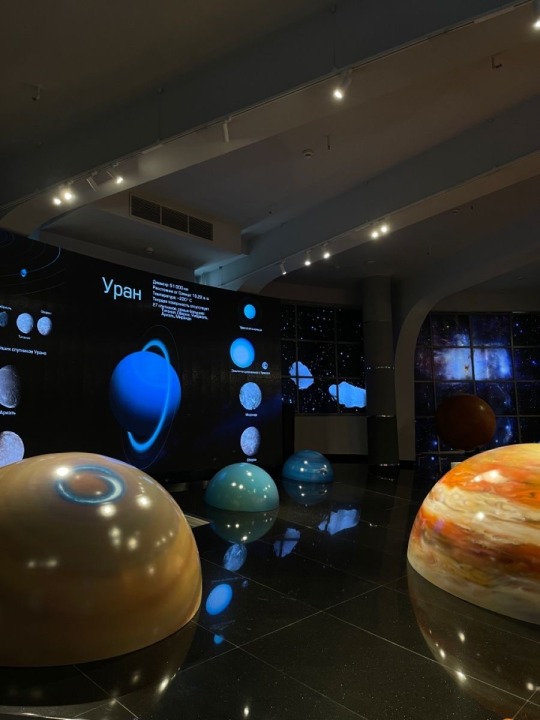

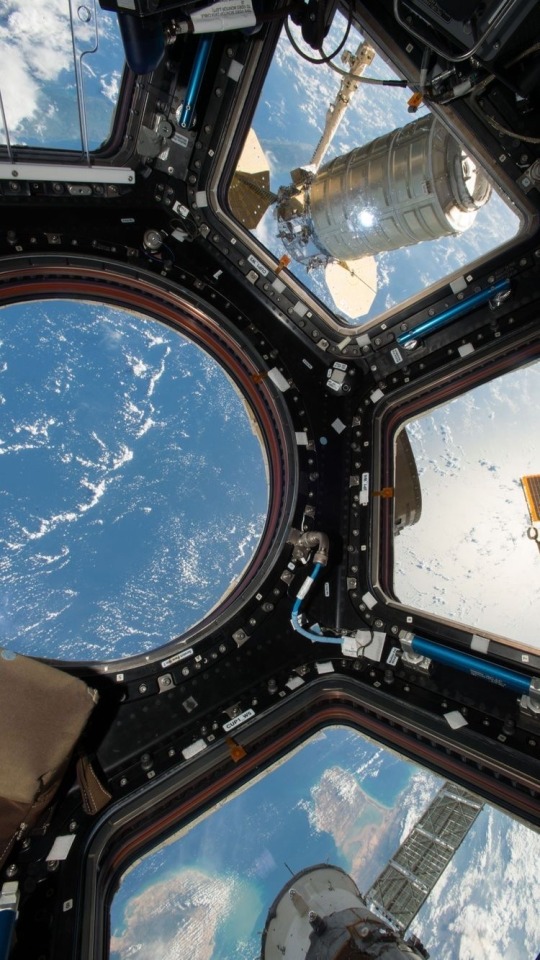
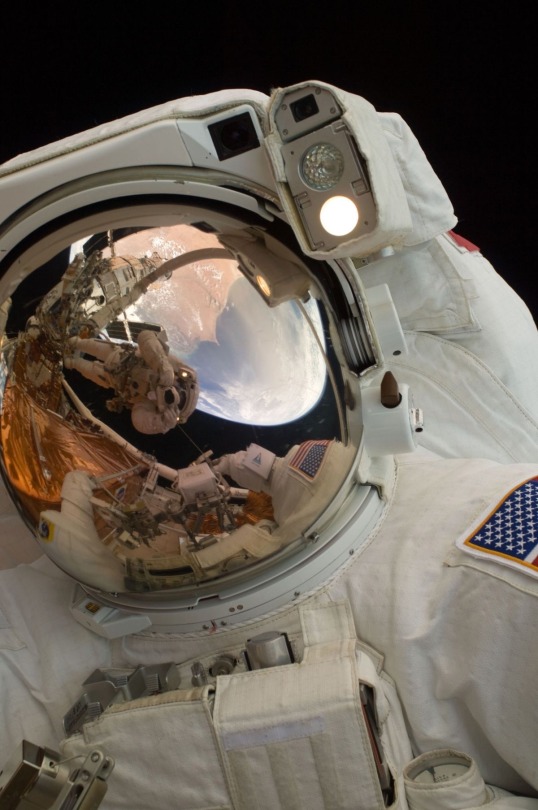
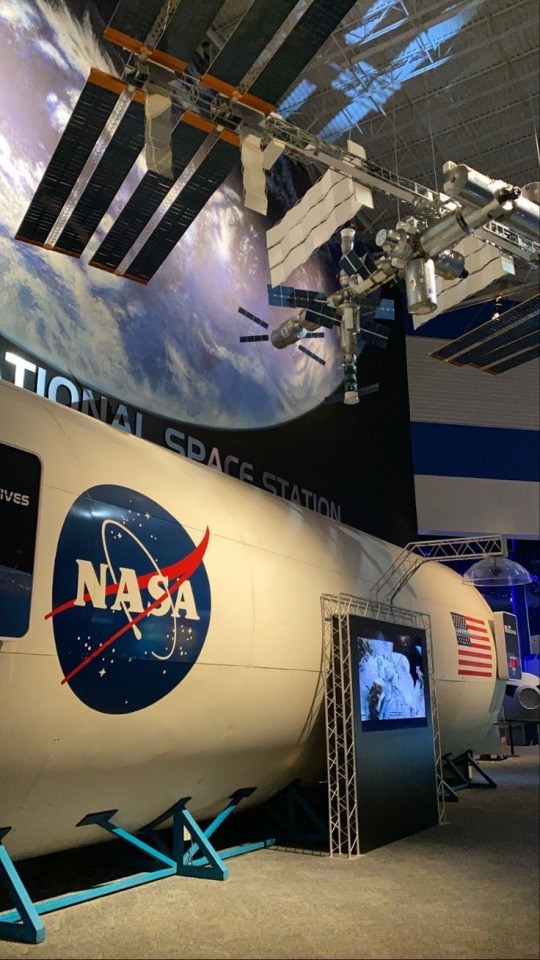
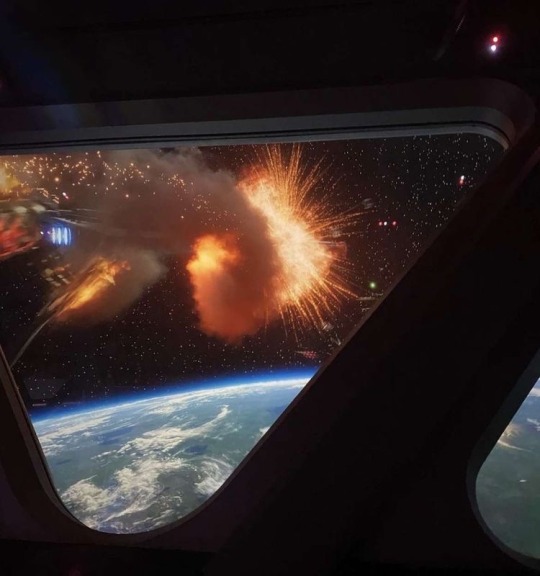
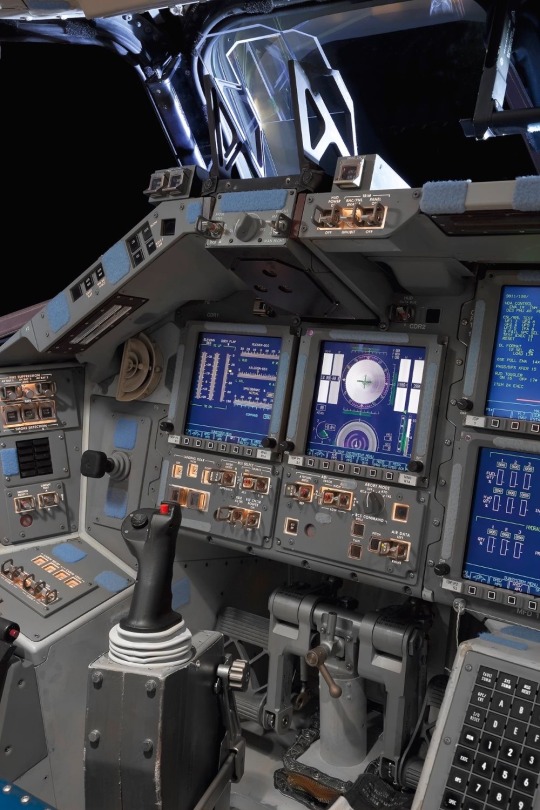
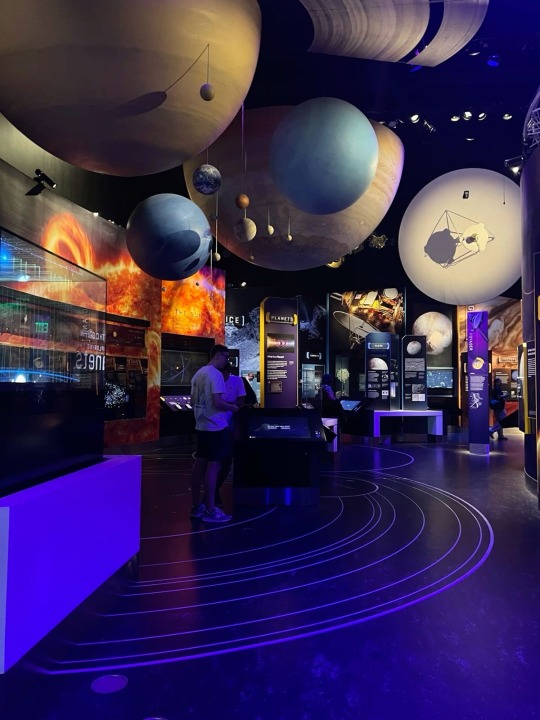
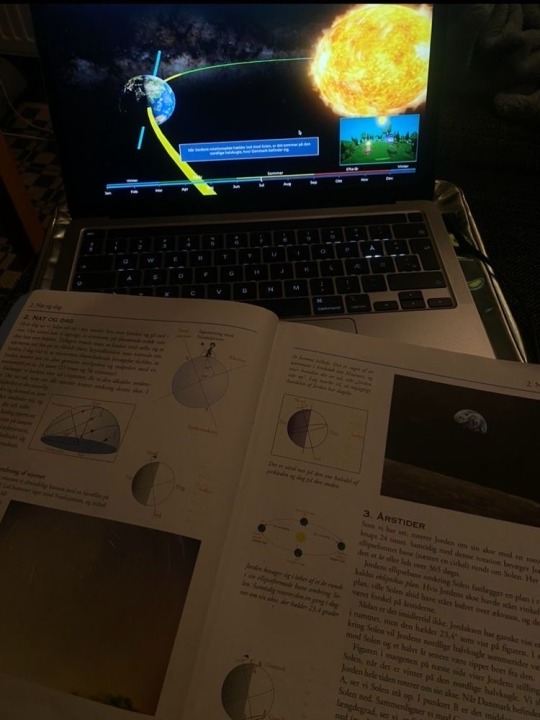
Space/Astronomy Mood board
#moodboard#moodboard account#moodboard aesthetic#aesthetic#outer space#space#pinterest#space aesthetic#blogging#studyspo#astro community#astro observations#astronomy#astrophotography#astroblr#astronaut#astro notes#astrophysics#coquette core#girlblogging#girl core#study#dark academia#photographers on tumblr#photography#space exploration#light academia#study motivation#planetary science#tumblr girls
187 notes
·
View notes
Text


Dwarf planet Eris is ‘squishier’ than expected
University of California, Santa Cruz Professor of Planetary Sciences Francis Nimmo recently co-authored a Science Advances paper about the internal structure of the dwarf planet Eris. Eris is about the size of Pluto but around 50% farther from the sun. The discovery of Eris in the Kuiper Belt beyond Neptune in 2005 prompted the debate that ultimately reclassified Pluto as a dwarf planet. It was an interest in Pluto that drew UC Santa Cruz researcher Francis Nimmo to study Eris. Nimmo was visiting Michael Brown—one of the discoverers of Eris—at the California Institute of Technology about six months ago and realized some of Brown’s new, unpublished data could help reveal information about the properties of Eris. The two worked on models for the next several months and published their results in a Science Advances paper. Two main pieces of information led to their results. The first important clue is that Eris and its moon, Dysnomia, always face the same way toward each other. The main, unexpected result of Nimmo and Brown’s model is that Eris is surprisingly dissipative, or “squishy”...
Read more: https://charmingscience.com/dwarf-planet-eris-is-squishier-than-expected/
#eris#planetoids#dwarf plants#planets#planetary science#science#space science#astronomy#physics#geophysics#space#Pluto
268 notes
·
View notes
Text
Worldbuilding: Something I Learned About Planetary Surface Gravity
Last year (hehe; it's always fun to say that at the start of a new year; actual time about 4 months ago), I made a strange discovery!
I won't slow-roll you. Here's the bottom line: In reality, i.e. based on observational data, there appears to be a plateau of surface gravity for planets up to about 500 times more massive than Earth. Most planets between 1 Earth mass and ~500 Earth masses have a surface gravity that is close to our own, i.e. 1 g. So if you're worldbuilding, and need a planet with a surface gravity that is more than a few percentage points higher than Earth's, be careful.
All right, on to the story!
I had need of such a planet for Galaxy Federal. About 125% percent or so, i.e. 1.25 g. And it was in the back of my mind that Neptunian planets often have a "surface" gravity similar to that of Earth's. "Okay," I figured, "that's probably because their giant atmospheres reduce the average planetary density. On a rocky world that wouldn't be an issue. But I'd better check to be safe."
Oh, it is always a good idea to check!
I found a paper which was reporting the plateau that I mentioned in the TL;DR. Here's what it looks like:

Gravity vs mass for Solar System bodies and exoplanets. Ballesteros, Fernando & Luque, Bartolo. (2016). Walking on Exoplanets: Is Star Wars Right?. Astrobiology. 16. 10.1089/ast.2016.1475.
What they found is that Super Earths, i.e. rocky planets with a mass greater than Earth's, did not exhibit the increase in surface gravity seen in smaller celestial bodies. There is this "plateau" where increases in planetary mass and radius are such that the surface gravity essentially levels out for a while.
This isn't something I think you could predict from amateur astronomical principles. What you would predict (certainly, what I predicted) would be what we see on the left side of the above figure, where more mass equals more surface gravity. All of the small rocky bodies in our own Solar System fall onto that left side of the graph. The plateau only really begins in the Earth range of planetary mass. You can see how Venus is included in the plateau almost perfectly, but the much less massive Mars is not.
This is a truly remarkable finding about planetary formation, and has serious implications both for fictional worldbuilding and someday for planetary colonization. That is, if these observations are truly representative of the Universe. This is a pretty big "if" that I don't have the knowledge to be able to check, except to say that there may be some bias unaccounted for because of how we detect exoplanets, such that perhaps the ones we detect are not representative of the ones we do not—so take it all with a grain of salt. This paper is 8 years old but I couldn't find anything newer following up on it.
Fully understanding how it would work is still a question mark for me. I mean, it's a question mark for the professional planetary scientists, too, so there's that, but, in addition to the unknowns that curtail their comprehension, there's a lot I don't know about astronomy that further curtails mine. My understanding is that this isn't really about the intrinsic density of the materials (i.e. substances that are more massive or less massive per mole); it would mainly have to be a consequence of how planets form, how the geological processes change in different planetary mass categories; that sort of thing. But I don't really know! I'm out of my depth.
Anyway, you can download a copy of the full paper on its entry page on ResearchGate; look for the button that says "Download full-text." And the website Centauri Dreams has a nice write-up which is where I originally discovered this.
37 notes
·
View notes
Text
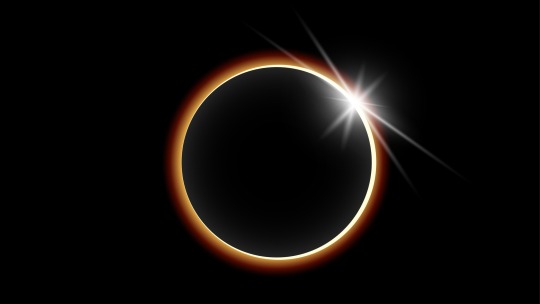
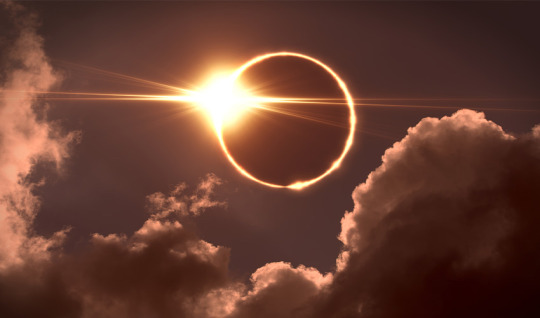
(NEW UPDATE WITH PHOTOS) Send us your best photos!
Absolutely beautiful! I hope everyone took this in! Makes you think just how small we are. A moment the world comes together as one! That’s true humanity . We will be uploading more amazing photos to this same post. So come back later on and check out our 2024 once in a lifetime eclipse photos.
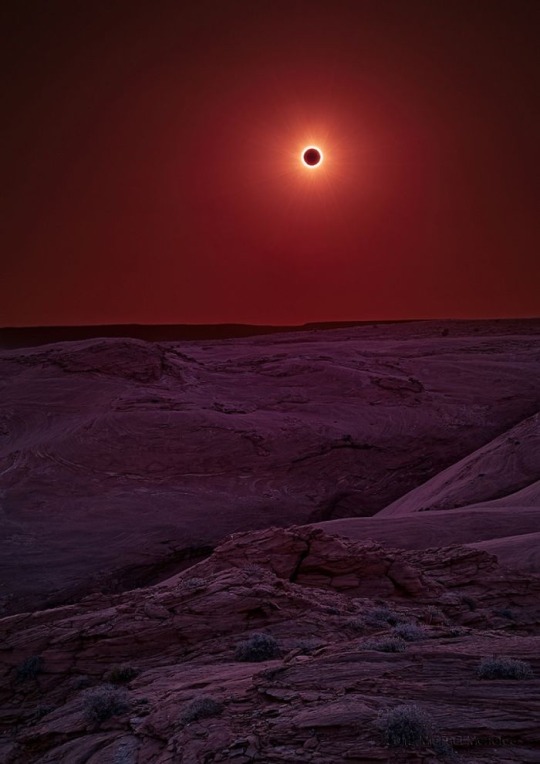







#solar eclipse#eclipse 2024#2024#astronomy#astronomers#nasa#universe#astrophotography#nasa photos#astrophysics#outer space#nasawebb#hubble space telescope#i love astronomy#astronomy facts#astrography#astrobiology#astronauts#astro community#space program#planetary science#planetary nebula#international space station#space exploration#space#science facts#space science#sci#astro notes#astro observations
6K notes
·
View notes
Text
When the Hayden Planetarium opened in October 1935, it was only the fourth planetarium in the United States. Nearly a century later, the Museum is still bringing audiences the latest science about our cosmos. Visit the Hayden Planetarium and the Rose Center for Earth and Space to learn about the 13-billion-year history of the universe!
#science#amnh#museum#nature#natural history#fact of the day#did you know#natural history museum#museum of natural history#things to do in nyc#space#astronomy#planetary science#planetarium#nyc museums#cleaning#cleancore#vacuum
541 notes
·
View notes
Text

Family portrait of the Zwo-nmu planetary system (the system to which Gymnome--Eaurp Guz's homeworld and the setting of train puzzle dot exe (title pending)--belongs).
Labelled version and more below the cut.
The Zwo-nmu system, home to Guz's homeworld Gymnome, is like many planetary systems dominated by gas giants. In fact, the only object that would count as a planet in the IAU's books, which resembles the terrestrial planets in our solar system, is tiny mercury-like "Rabbit" in the gap between Cool Ember and Omen.
Omen swept into the inner system, disrupting the late stages of planetary formation, but capturing Oldsky and Rival as moons and Gymnome as a trojan (which later destabilized into a horseshoe orbit). Glerbuh, Omen's near twin by mass, sucked up most of the remaining gas disk, but there was still plenty of volatile mass to generate the four ice giant planets Glarpi, Shpler, Eauah, Flibul, and most likely the recently discovered Schmitt.
Despite no other gas giants posessing moons as massive as Omen's, each of the large satellites of the other gas giants are still worth considering. Not much is yet known of the moons of the ice giants, but it is known that Glerbuh's diffuse ring is generated by the eruptions from about a dozen small rounded moons, which as they trade eccentricities with one another go in and out of periods of dramatic cryovolcanic activity.

The original system layout drawing produced in early 2023.

Scale comparison between our Sun and Zwo-Nmu, and their planets.

Up close on Omen's moons and Gymnome:
Close up of Glerbuh:
Fanart of Omen by Tolbachik:
#Zwo-nmu system#Mellanoid Slime Worldbuilding#Gymnome#Omen#Omen (planet)#solar system#star system#planetary system#planetary science#gas giant#gas giants#ice giant#ice giants#planet#planets#space#Super earth#sub neptune#exoplanets
36 notes
·
View notes
Text
Humanity may not be extraordinary but rather the natural evolutionary outcome for our planet and likely others, according to a new model for how intelligent life developed on Earth.
The model, which upends the decades-old "hard steps" theory that intelligent life was an incredibly improbable event, suggests that maybe it wasn't all that hard or improbable. A team of researchers at Penn State, who led the work, said the new interpretation of humanity's origin increases the probability of intelligent life elsewhere in the universe.
"This is a significant shift in how we think about the history of life," said Jennifer Macalady, professor of geosciences at Penn State and co-author on the paper, which was published Feb. 14 in the journal Science Advances.
Continue Reading.
215 notes
·
View notes